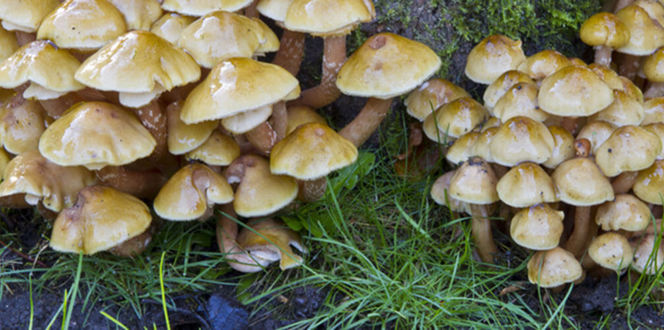Granulate Asian Ambrosia Beetle Description:
The Granulate ambrosia beetle, or Asian ambrosia beetle, is a small, dark reddish-brown insect that is native to Asia. It has become established in more than 25 states in the United States. The Granulate ambrosia beetle is active throughout the year when the weather is warm. This pest starts flying in early February and March, with females landing on host plants and boring into branches as small as 1/2-inch in diameter.
Hosts:
The Granulate ambrosia beetle destroys more than 100 different plant varieties, including:
- Cherry
- Crape myrtle
- Drake (Chinese, Lacebark) elm
- Golden raintree
- Magnolia
- Pecan
- Peach
- Shumard oak
Biology & Symptoms:
This fungus-carrying beetle tunnels into plants, introducing fungal growth known as ambrosia. The fungus interferes with the plant’s water movement, which results in shoot dieback. As this insect tunnels its way into the plant, it pushes frass (sawdust), creating delicate tubes that look like toothpicks protruding from the plant’s bark. Because several generations of broods are produced each year, all life stages of the Granulate ambrosia beetle are found inside affected plants. They feed on the ambrosia fungi and females don’t leave the brood until reaching the adult stage. They often attack stressed and declining trees.
Management:
Remove and burn heavily infested plants or plant parts. To help reduce population, several applications of a residual insecticide to the bark may be necessary. Another option is to apply a preventive systemic insecticide. Consult your local arborist for help in managing Granulate ambrosia beetles on your property.





